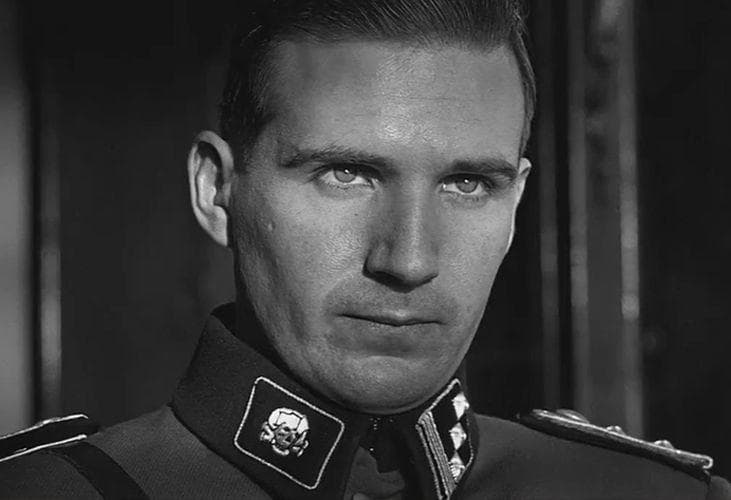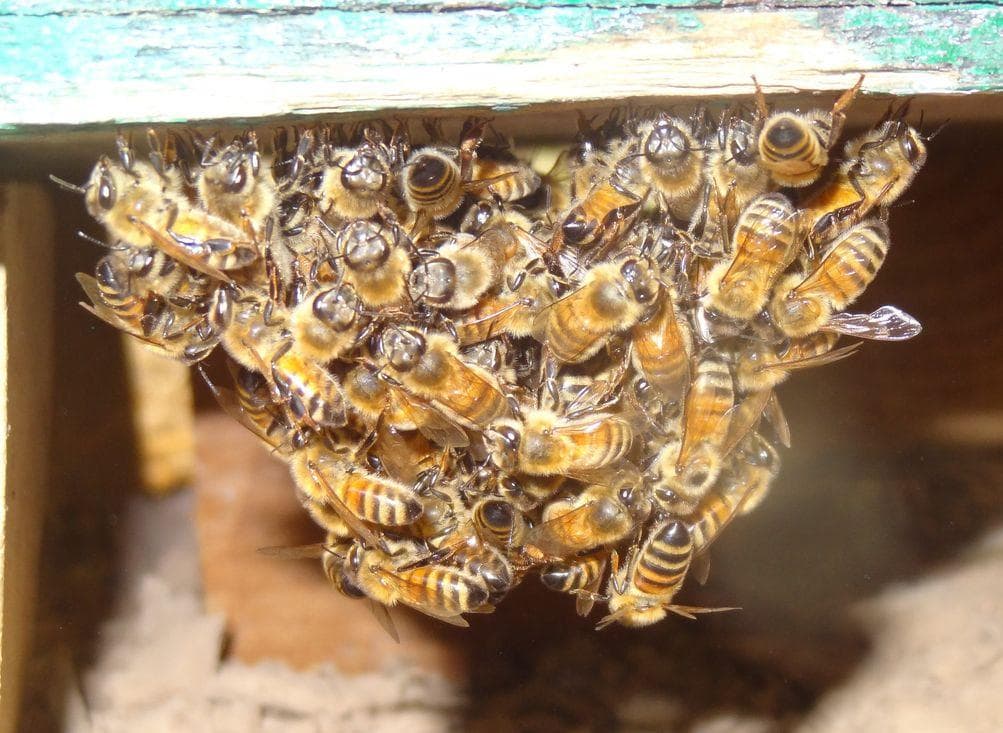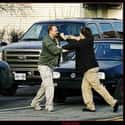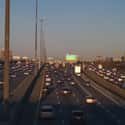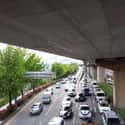-
(#7) Most Drivers Don't Understand The Zipper Merge
Done correctly, the zipper merge can be the commuter's best friend. Unfortunately, few understand how the zipper merge is supposed to work. This is how journalist Sam Machkovech explains the late merge, also known as the zipper merge:
"It works as follows: in the event of an impending lane closure, drivers should fill in both lanes in equal measure. Within a few car lengths of a lane ending, both lanes' cars should take turns filling in the open lane and resume full speed."
The operative words here are take turns. A lot of drivers, seemingly under the impression that driving is some sort of bloodsport, are totally unwilling. Taking turns and letting others into your lane is the secret of zipper merging, and it could reduce traffic mightily if more motorists mastered it.
-
(#5) It's Easy To Dehumanize Other Drivers
When a driver gets behind the wheel, they're entering a small, enclosed space that feels private and secure. This perceived safety can create a disconnect between drivers on the road, and such a disconnect makes it less challenging for people to dehumanize other motorists. It also makes it easier for any given driver to engage in less-than-kind behavior. When one doesn't see the full humanity of others, cruelty can rear its head with surprising speed. So drivers are more prone to be disrespectful and just plain mean because their understanding of and empathy for other drivers is minimized. When a motorist acts like a jerk and does jerk-y things, traffic issues like congestion and jams result.
-
(#9) The Bulk Of Traffic Happens At Specific Times Of The Day
The concept of rush hour is not a new one, but it does explain why traffic gets bottled up more easily at certain times of day. Again, this is a matter of too many cars on too few roads all during the same few pivotal hours. During evening rush hour, drivers tend to be tired and stressed after a long day, and it's no secret that the two combined can cause accidents. When there are accidents, other drivers must slow down or stop, and it's human nature to want to look at the crash, all of which contribute to the insanity of rush hour and the jamming of traffic.
-
(#10) One Small Action Could Influence The Entire Flow Of Traffic
In science, emergent phenomenon is the theory that small, seemingly insignificant actions can have larger, wider-ranging ramifications. From the perspective of traffic jams, it means that a tiny misstep by just one driver could negatively impact the entire flow of traffic. Conversely, it also means that a tiny preventative measure by just one driver could positively impact the entire flow of traffic. So next time you tap on the brake when there's no real reason, or you let someone in your lane when you don't necessarily have to, you may be contributing to how easily or uneasily the traffic around you flows. In short, be aware and make decisions that benefit everyone on the road.
-
(#3) When There's A Break In Traffic, Drivers Accelerate To Catch Up With The Vehicle In Front Of Them
If you drive in heavy traffic on a regular basis, there are likely some things you're doing, however unknowingly, to contribute to the problem. One driving faux pas that many engage in occurs when there's a break in traffic. In this situation, drivers tend to speed up to get closer to the vehicle in front of them. Once they catch up, they naturally slow down to avoid a collision, but slowing-down becomes a problem. After you close the gap with the car in front of you and reduce your speed, drivers behind you have to slow down too. As a result, traffic congestion grows.
-
(#6) There Are Too Many Cars
There's no getting around the fact that there are too many cars and not enough road. More cars plus limited space naturally equals increased traffic congestion. This is a major problem for most large cities around the world. In Beijing, for instance, there are a million new cars on the road every single year. The government finally decided to only issue a certain number of new license plates annually through a lottery system. If this approach caught on stateside, traffic would decrease. But let's be honest: there's a slim chance of the approach taking off here—Americans love their cars way too much.
New Random Displays Display All By Ranking
About This Tool
Have you ever encountered a traffic jam? This is a problem in the whole world. Traffic jams usually occur during holidays or rush hours. This situation often occurs in major metropolitan areas in the world, highways connecting two cities, and areas with high car usage. Every road designer and driver tries to figure out the cause of the traffic jam, but there are many reasons for this problem.
This random tool generates 10 items and explains some of the reasons for traffic jams, such as the excessive number of social vehicles, drivers don't maintain consistent speeds. After reading this content, we should abide by the traffic rules, work together to alleviate traffic problems, and ensure driving safety.
Our data comes from Ranker, If you want to participate in the ranking of items displayed on this page, please click here.



